Daryl Davis: The Musician Who Eradicates Hatred, One Conversation At A Time
The inspirational story of how a single man has been able to dismantle intolerance and spread unity through just his words and some really good music.

If you were to ask Daryl Davis what he does as a profession, he would say that first and foremost, he is a musician. It won’t take long to see that he’s pretty damn good at it too. However, when not playing music, he has another interesting pastime.
Over the years, Davis who is black has somehow been able to build friendships with senior members of the Klu Klux Klan, arguably the most prominent white supremacist group in America. Many who do not know Davis’ name, would certainly know him from the many pictures of him attending KKK rallies.
The reason he befriends these people is so he can make them see the error of their ways. Thanks to Davis, over 200 Klansmen have chosen to leave the group and renounce their hateful ways.
This article will explore Davis’ life and musical career in order to paint a better picture of how he has been able to foster unity and understanding through just conversation and music.
Early Life
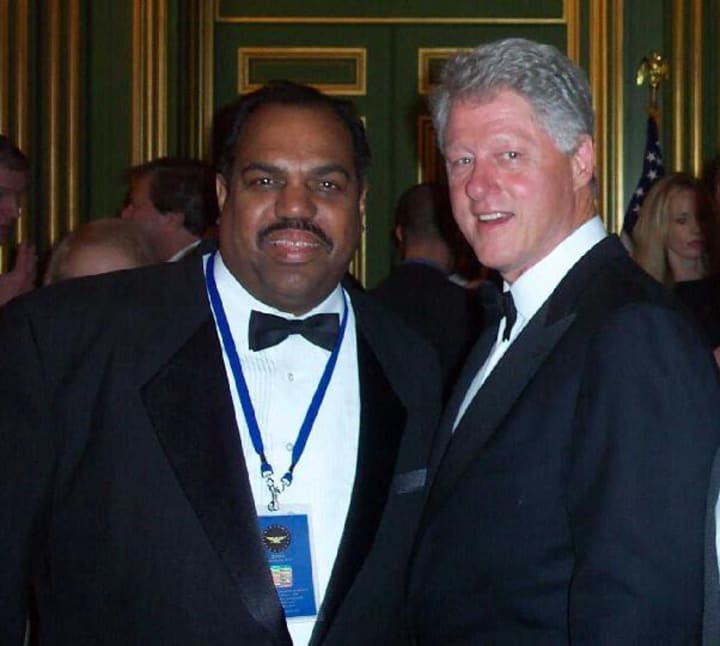
Daryl Davis was born in Chicago in 1958 but had spent his childhood all over the world. Davis’ father, William, was a Foreign Service Officer for the State Department. Due to his father’s many postings, Davis had to follow his family across the globe and was exposed to all manner of different people.
Thanks to these experiences, the young Davis was not familiar with the concept of racism. All the schools that Davis attended as a child were filled with children of various different races and backgrounds, none of whom were ever treated differently because of how they looked or where they came from. It was only when he returned to America that Davis first experienced racism.
When he was ten years old, Davis joined the Cub Scouts in Massachusetts, where his family relocated following his father’s tenure in the Foreign Service. Davis was the only black member of the group but did not make anything of it until a parade. During the parade, the audience began to heckle him and threw objects at the young boy.
Confused, Davis told his parents of this experience and they were forced to explain racism to their 10 year old child. Despite the explanation, Davis still could not fathom how people who did not know him could hate him simply for the color of his skin. He then decided to spend his life trying to understand why people could feel that way.
Musical Career
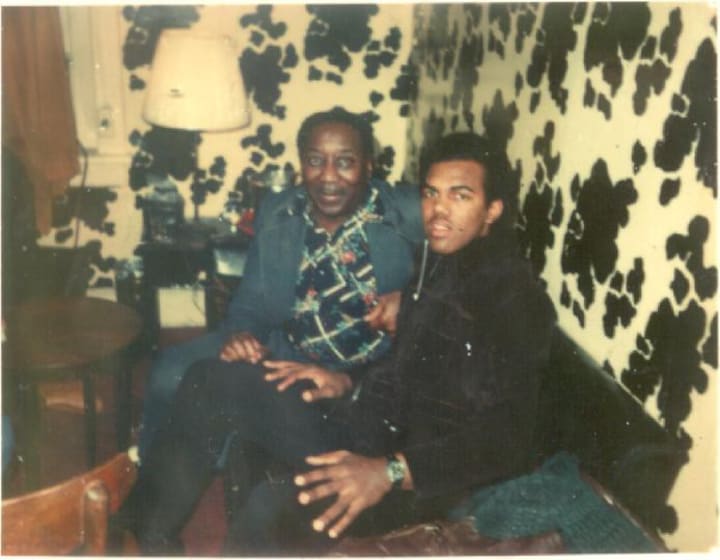
As Davis grew up, he developed a passion for music. Aside from enjoying the sounds he heard, Davis saw music as something that united people from all walks of life. Especially during the days of Rock n Roll, black and white musicians could play the same music and everybody loved it.
Davis himself soon demonstrated that he was a proficient musician. His blues inspired skills on the piano allowed him to play with the very best musicians in history. Musical legends, both black and white, praised Davis’ skills on the piano and invited him to play with them. These musicians include Elvis Presley, Jerry Lee Lewis, Chuck Berry and BB King.
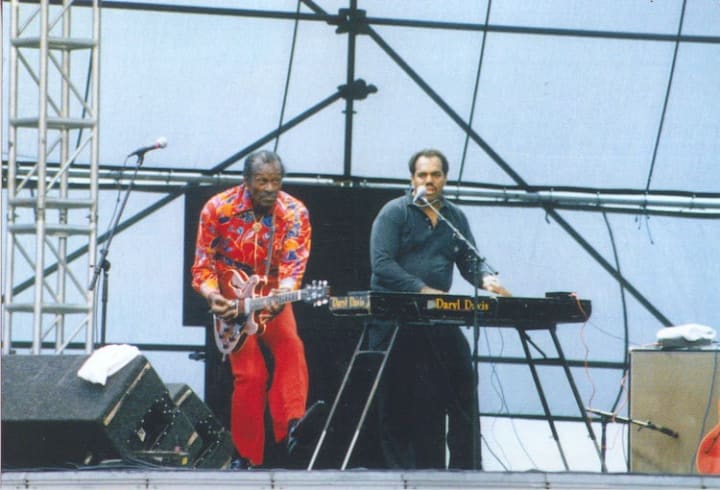
Aside from being able to play with these icons, Davis’ skills allowed him the opportunity to become friends with the very people he idolized. He struck up a friendship with Muddy Waters and became a protege of the legendary Pinetop Perkins who began referring to Davis as his godson.
Davis was also a formally trained musician and graduated from Howard University with a degree in music. Musically, Davis was the total package. He could sing, play instruments and had the rare combination of on-stage experience and formal musical training. Had Davis remained completely in music, he would have still warranted enormous praise for his skills.
First Encounter With the KKK
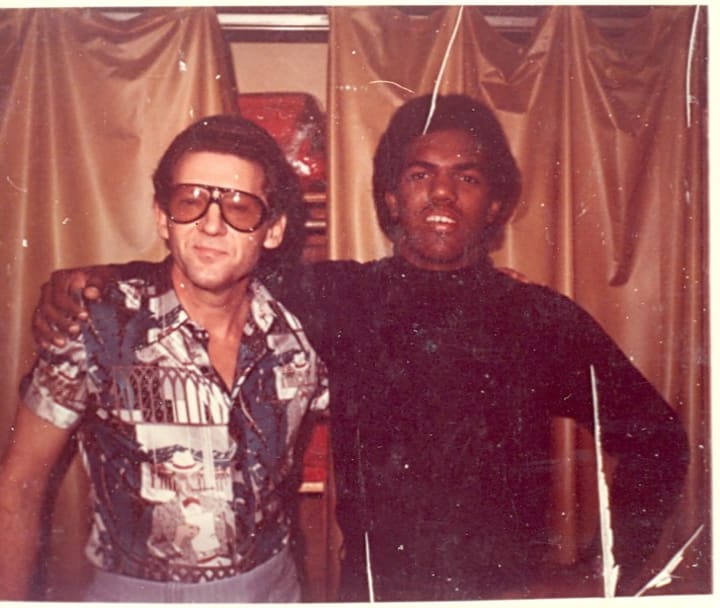
Despite being firmly in the center of the integrated and united world of Rock n Roll music, Davis was still curious as to how people could still discriminate against other people based on the color of their skin. He had studied and read numerous books on discrimination and supremacist groups but could not find an answer.
One evening in 1983, Davis was performing in a bar. Following the show, a white audience member praised his skills by comparing him to Jerry Lee Lewis. When Davis told the man that Jerry Lee Lewis himself told him that he learnt his art from black people, the man refused to believe him but offered to buy him a drink so they could talk further.
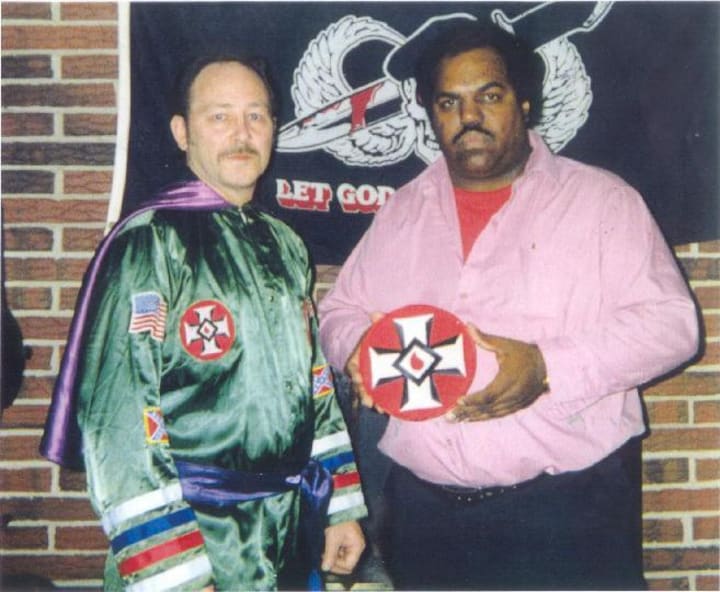
The man soon revealed to Davis that he was a member of the KKK and Davis himself could feel that his friendship with the man was beginning to shake his long held beliefs in the Klan. Fascinated by Davis, he brought fellow Klan members to his shows and this prompted Davis to write a book about his experiences.
Meeting Roger Kelly
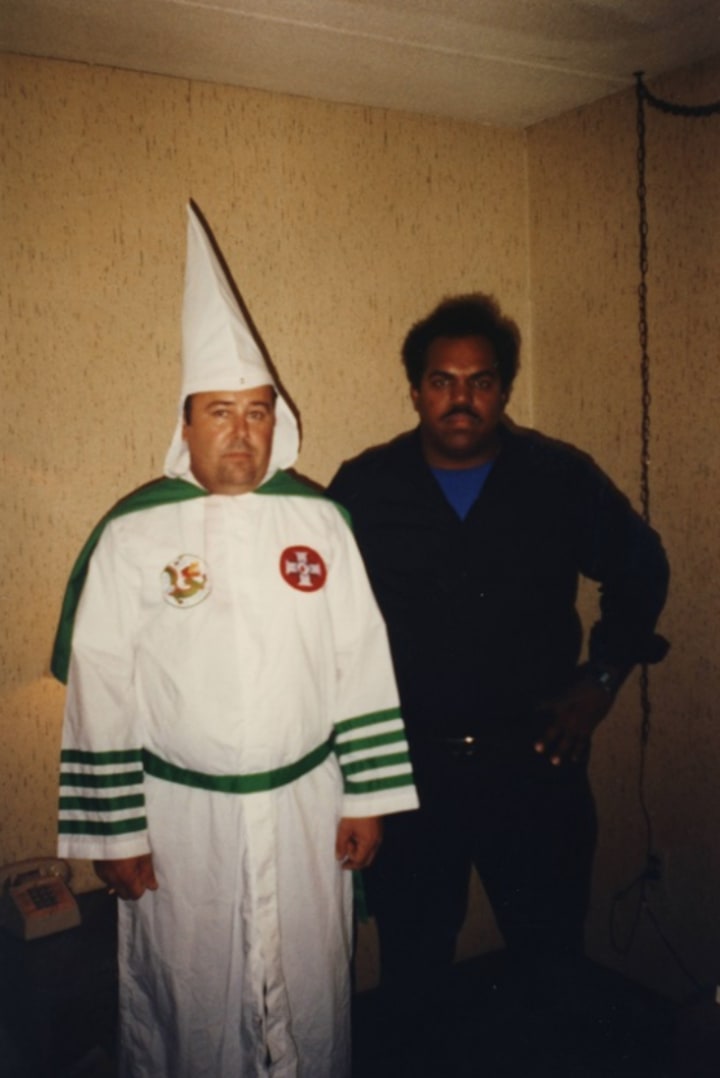
As Davis became more familiar with local white supremacists he was able to persuade the man he met at the bar to give him the number of Roger Kelly. Kelly was a “Grand Dragon” , a person of great influence in the KKK. Although the man agreed to pass Kelly’s contact details to Davis, he warned him that Kelly would kill him if he attempted to get too close.
Davis was undeterred and got his secretary to arrange a meeting between him and Kelly without letting him know that he was black. Kelly arrived at the meeting point with an armed bodyguard and agreed to speak with Davis nonetheless.
It was a tense meeting where Kelly treated Davis condescendingly, reminding him that as a white man, he was superior to Davis. Davis was strangely intrigued by Kelly’s logic and continued to converse with him politely. In the end, they agreed to another meeting.
As time went on, Davis and Kelly would meet in Davis’ home without a bodyguard present, Davis would be welcome to Klan rallies and Kelly would travel to watch Davis perform live. Despite his status as a KKK leader, Kelly openly referred to Davis as his friend and even made him godfather to his daughter. Eventually, Kelly renounced his role in the KKK and left the group. No longer believing in the hateful ideals planted in his mind, Kelly gave Davis his robe and left the Klan.
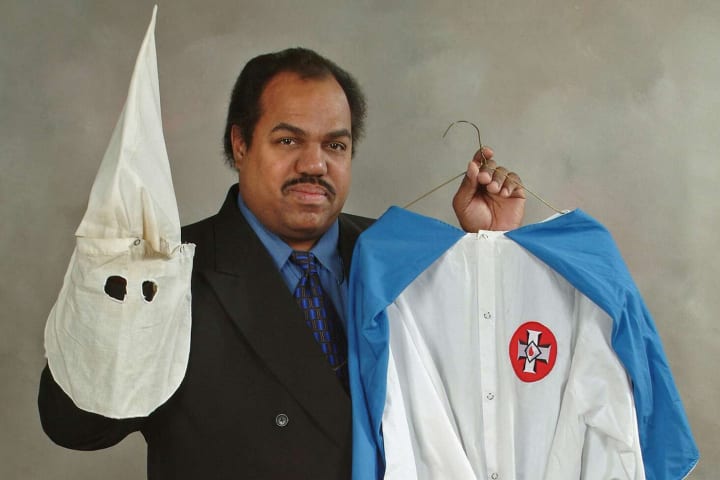
Just by conversing and building a friendship, Davis was able to convince one of the most hateful men in America to change his ways and leave behind the bigoted mindset he once had. As the years went on, Davis has continued to use this approach to much success. 40–60 Klan members have left the group thanks directly to Davis’ friendship with them. Another 200 and counting were indirectly influenced by Davis to cease their bigoted ways.
As a symbol of all the hatred he has stopped, Davis keeps the robes of former Klan members to show that even the most hateful minds can be changed with dialogue and building upon shared commonalities.
How Has Music Helped Davis Achieve His Goals?
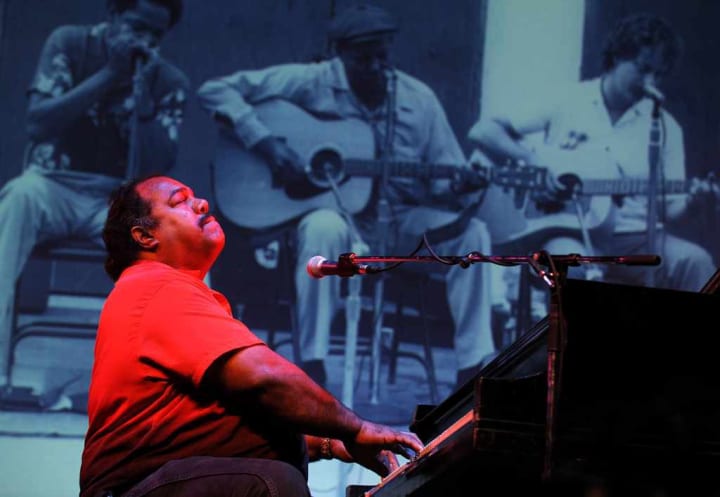
As a musician, Davis had a platform to reach people who might otherwise have been inaccessible to him. His music gave people a reason to speak to him and gave him a shared interest with even his most ardent detractors.
Daryl Davis is a living example of how powerful music can be as a uniting force. Even people who are ideologically programmed to dislike him cannot help but praise him for his ability to play good music and allow him to strike up a conversation with them. Davis in turn builds this into a friendship and is finally able to make these people change their thinking.
It goes to show that no matter where you are in the world, good music is still good music and it does not matter who it is that’s playing it. Music is a passion shared by almost everyone and can help create bonds and commonalities even between bitter enemies.
Sometimes, a bit of healthy conversation and some really good music is all a person needs to erase hatred and unite the world. Daryl Davis has proven that day in and day out and rightfully deserves to be honored as both an elite musician and an outstanding human being.
About the Creator
Isa Nan
Written accounts of life, death and everything in between
Enjoyed the story? Support the Creator.
Subscribe for free to receive all their stories in your feed. You could also pledge your support or give them a one-off tip, letting them know you appreciate their work.






Comments
There are no comments for this story
Be the first to respond and start the conversation.